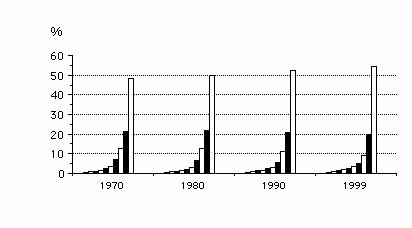
Folkrörelser och Protester
Start | Om
oss | Forum | Nordiskt
nyhetsbrev | Kampanjer |
Datum | Uppslagsverk |
Folkrorelser | Arbetare | Bönder | Fred | Global
rättvisa | Kvinnor |
Miljö | Övriga |
Toppmötesprotester | Sociala
Forum | Globala
nätverk | VK | Litteratur | Artiklar
|
Organisationer |
Länkar
| Arkiv | Bildgallerier |
English

